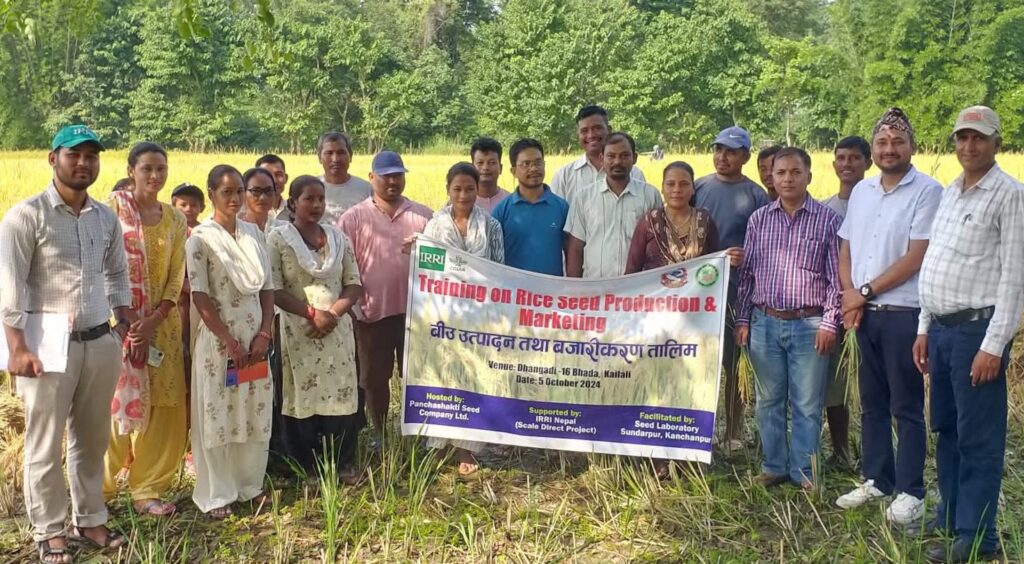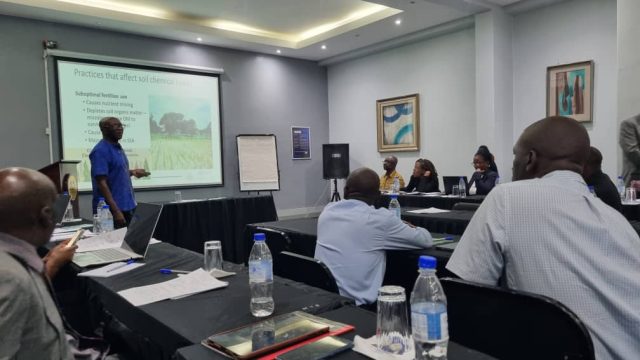Women-led cooperatives and seed entrepreneurs drive seed innovation in Nepal
- From
-
Published on
25.04.25
- Impact Area

By Prem Raj Bhatt, Mosharaf Hossain, Swati Nayak, Rabin Kushma Tharu, Jitendra Sah
Rice accounts for 53% of cereal grain production in Nepal and contributes 5.7% to the country’s total GDP and 13.5% to agricultural GDP (MoALD, 2023). Nearly two-thirds of farming households rely on rice farming for their primary source of income and nutrition, with rice providing 40% of the daily calorie intake in rural areas (Poudel et al., 2021).
However, despite its importance, the country continues to face a significant production shortfall. While the annual national demand is 4.08 million tons of milled rice, local production is only 3.25 million tons (Choudhary et al., 2022).
One key factor behind this shortfall is low yield. Although improved varieties have the potential to yield between 4.5 to 5 t/ha, average national yields only remain at 3.8 t/ha. Closing this gap requires access to high-performing, climate-resilient varieties and the establishment of an inclusive, efficient, and responsive seed delivery system.
Related news
-

Can the Southern Mediterranean Fish Value Chain Thrive Without Women’s Empowerment?
WorldFish22.10.25-
Gender equality
-
Poverty reduction, livelihoods & jobs
When you picture the Mediterranean’s blue economy—encompassing its vibrant fisheries and aquacul…
Read more -
-

Boosting investment in fertilizer and soil health in Liberia
Sustainable Farming Science Program30.09.25-
Food security
-
Gender equality
Through partnership, the Fertilizer and Soil Health Hub for West Africa and the Sahel is…
Read more -
-

Building Bridges for Resilient Landscapes – MFL Collaboration with Zim AEKN
Multifunctional Landscapes Science Program29.09.25-
Biodiversity
-
Environmental health
-
Environmental health & biodiversity
-
Food security
-
Gender equality
Reflections on “Deepening the Development of the Zimbabwe Agroecology Knowledge Network (Zim AEKN)…
Read more -
